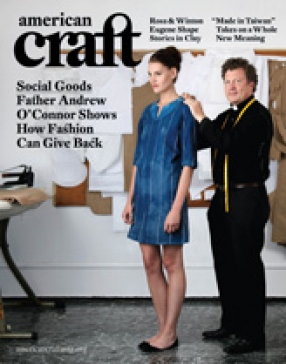This show zeroes in on an aspect of industrial production that studio ceramics once considered a chief weakness: the capacity to convey a compelling sense of detail and touch.
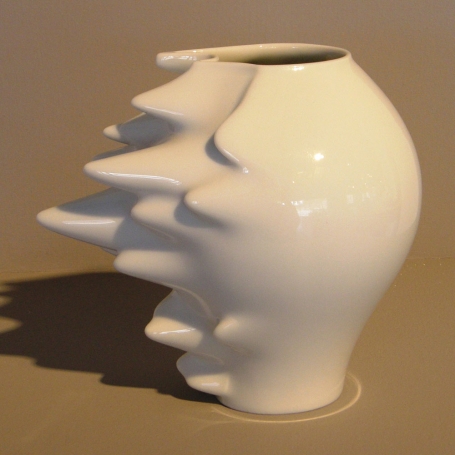
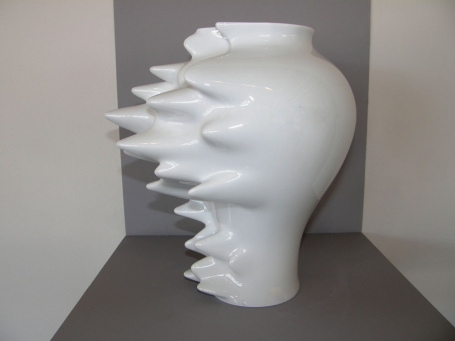
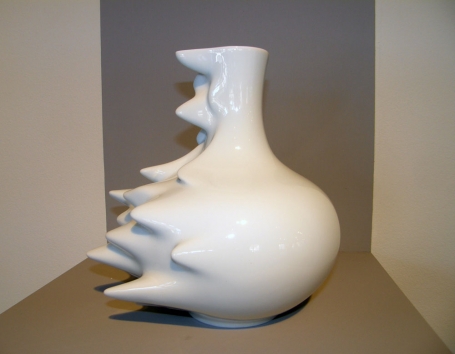
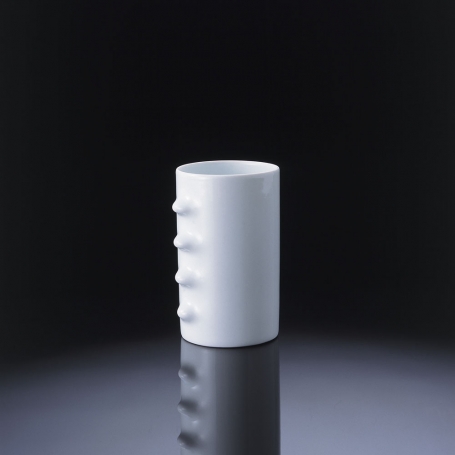
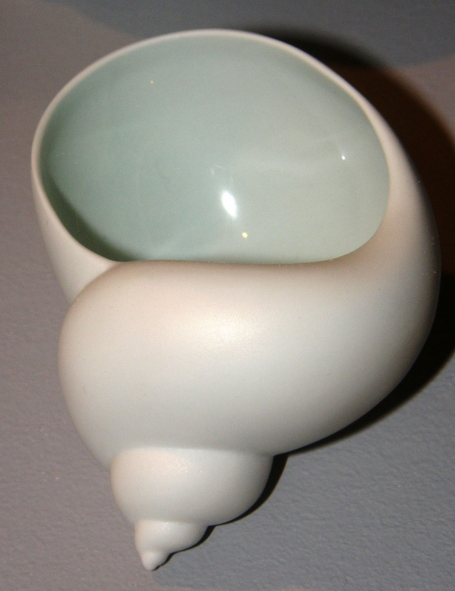
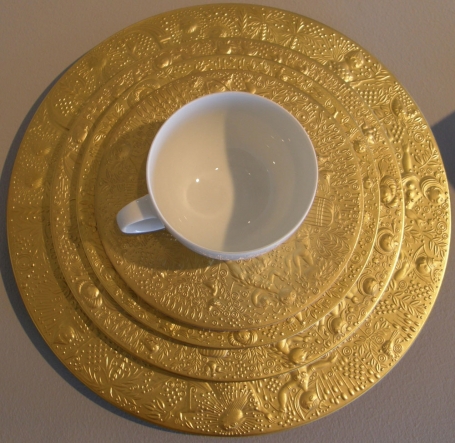
Arizona State University Art Museum
Ceramics Research Center
Tempe, az
Apr. 10-Aug. 24, 2010
asuartmuseum.asu.edu
It's been 70 years since Bernard Leach's A Potter's Book sent industry to its room and urged potters to take the beauty of function into their own hands, and less than 60 since Peter Voulkos figured beauty could do without function altogether. Ever since, American ceramics has wheeled along the divided highway of creative anachronism and expressive form, advancing the supremacy of touch while proclaiming, as Lewis Mumford once put it, "the autonomy of the human spirit."
Yet more than half a century into the post-World War II reign of handmade studio ceramics, the glow from behind industry's door has become too bright for the field to ignore. In the past year, two major exhibitions-"Object Factory: The Art of Industrial Ceramics," at New York's Museum of Arts and Design, and "Convergence: Pottery from Studio and Factory," sponsored by Philadelphia's Clay Studio-have explored some of the extraordinary advances industry has made (ceramic scissors, peelers, knives and a staggering array of high-tech applications) in extending the expressions of function, and how artists and designers have adopted industry's methods to further their own studio causes.
Now comes this exhibition at the asu Art Museum's Ceramic Research Center. With more than 120 works-depending upon how you count the table settings-by 16 artist/designers, the show is smaller in size and scope than the previous two. Featuring works from such industry exemplars as Rosenthal, Limoges, Kahla, Hakusan and Nymphenburg, it focuses on the kitchen and tableware that has long been industry's strength. Yet, in doing so, its curator, Bobby Silverman, director of the ceramics program at New York's 92nd Street Y, zeroes in on an aspect of industrial production that studio ceramists once considered a chief weakness: the capacity to convey a compelling sense of detail and touch.
Silverman, who began to see the potential of industrial design during several residencies at the European Ceramic Work Centre in the Netherlands, conceived the exhibition, he says, as a corrective to the anti-industrial and anti-functional art schooling he and fellow baby-boom potters received. "It was very much an approach that played up the romance and power of expressive pots made by direct individual touch," says Silverman. "But it also ignored the whole range of explorations and possibilities that industry and function had to offer."
Some of that range lies in enlisting brand-name artists to produce limited-edition dinnerware sets. The show's sampling of the dinnerware that Artes Magnus commissioned artists to design for Limoges-in this case, Cindy Sherman, Dan Flavin and Joseph Kosuth-underscores industry's ability to translate sensibilities that initially gained prominence in other media.
Sherman's Madame de Pompadour (née Poisson) 1724-1764, a 30-piece service with a soup tureen and platter, for instance, continues her series of photo-impersonations. In this vitrified version, she appears as Louis XV's mistress in lavish, screen-printed china-paint settings. Flavin's For Andre Raynaud, a 30-piece service, highlights his astute eye for the subtleties of reflected light and color. There's a similar attention to detail in jeweler Ted Muehling's tromp l'oeil porcelain delicacies of seashells, birds' eggs and coral. Produced by Nymphenburg, they convey the flawless, hard-shelled translucency that long has been that manufacturer's strong suit.
Some of the exhibition's more interesting works come from artist/designers who sought to expand the vocabulary of functional forms. In his delightfully braille-minded series of cups, produced by Hakusan, the late Japanese designer Masahiro Mori configured the handles and finger holds as biomorphic combinations of innies and outies, some burrowing into the walls as if rubbed there by a finger getting comfortable with its grip, others protruding like noses. The resulting abstract topography is as beautiful in its purpose as a Noguchi sculpture. In her Five Sense Touch! kitchenware for Kahla Porcelain, Barbara Schmidt softened the grips for hands and fingers by wrapping handles and areas meant to be grabbed with vibrantly colored felt-like fabrics (promised to be dishwasher safe). Stephen Reed's Radiator Mugs, as the name suggests, feature heat-dispensing vertical fins. Formed by the peaks and valleys of the undulating walls, the fins, or ribs, maximize the cups' surface area but minimize the hand's points of contact with it.
This degree of experimentation with forms could accelerate, Silverman speculates, as artists and designers become more proficient with powerful new digital tools, such as rapid prototyping. Allowing artists to turn computer-designed models into three-dimensional forms, these technologies are eliminating traditional divisions of labor and moving rapidly toward giving industrial designers a level of direct hand control that was unimaginable in Leach's time. It isn't difficult, for instance, to imagine Dror Benshetrit's Phases Porcelain Vases of Phases-fractured-looking black-matte vases molded from pots that were broken apart, then reassembled and cast-being digitally produced directly in three dimensions. What remains to be seen is, will the power behind the intuitive ease of things like the iTouch, iPhone and iPod one day make studio ceramists want to extend their search for new ceramic forms with an iPot?
Edward Lebow directs the Phoenix Office of Cultural Affairs Public Art Program.

